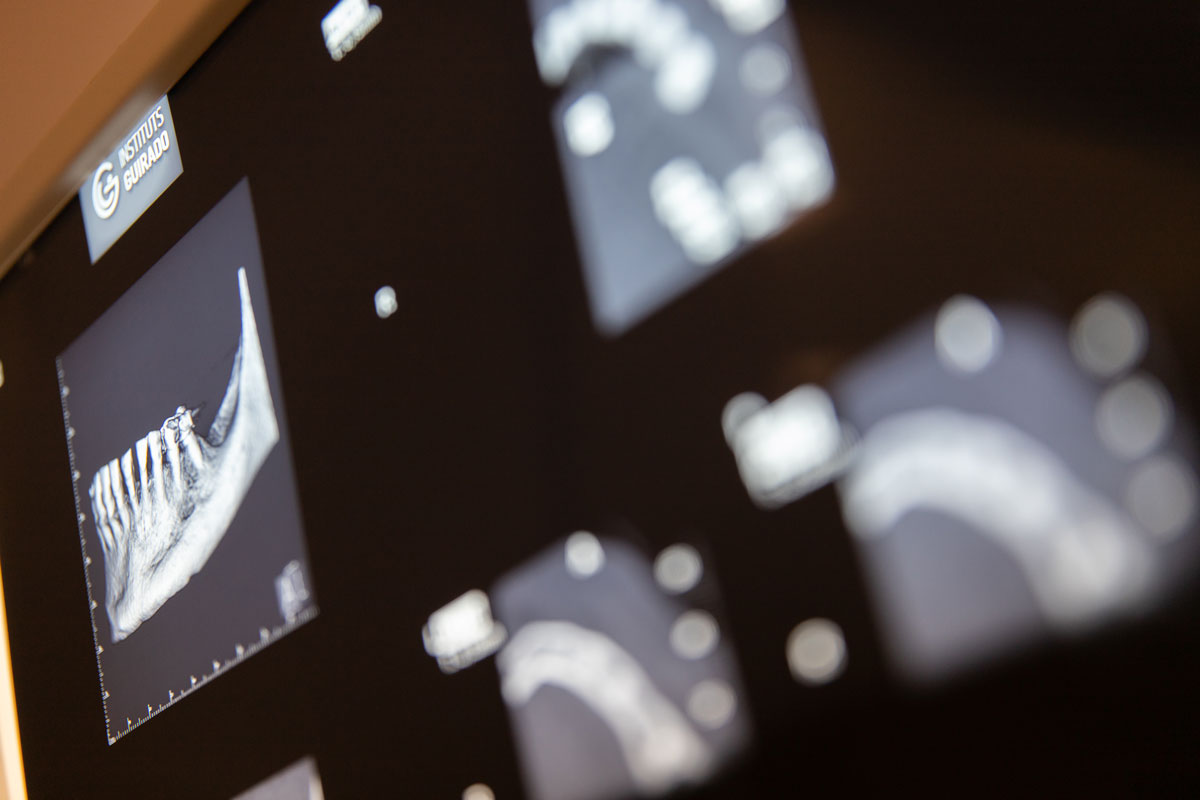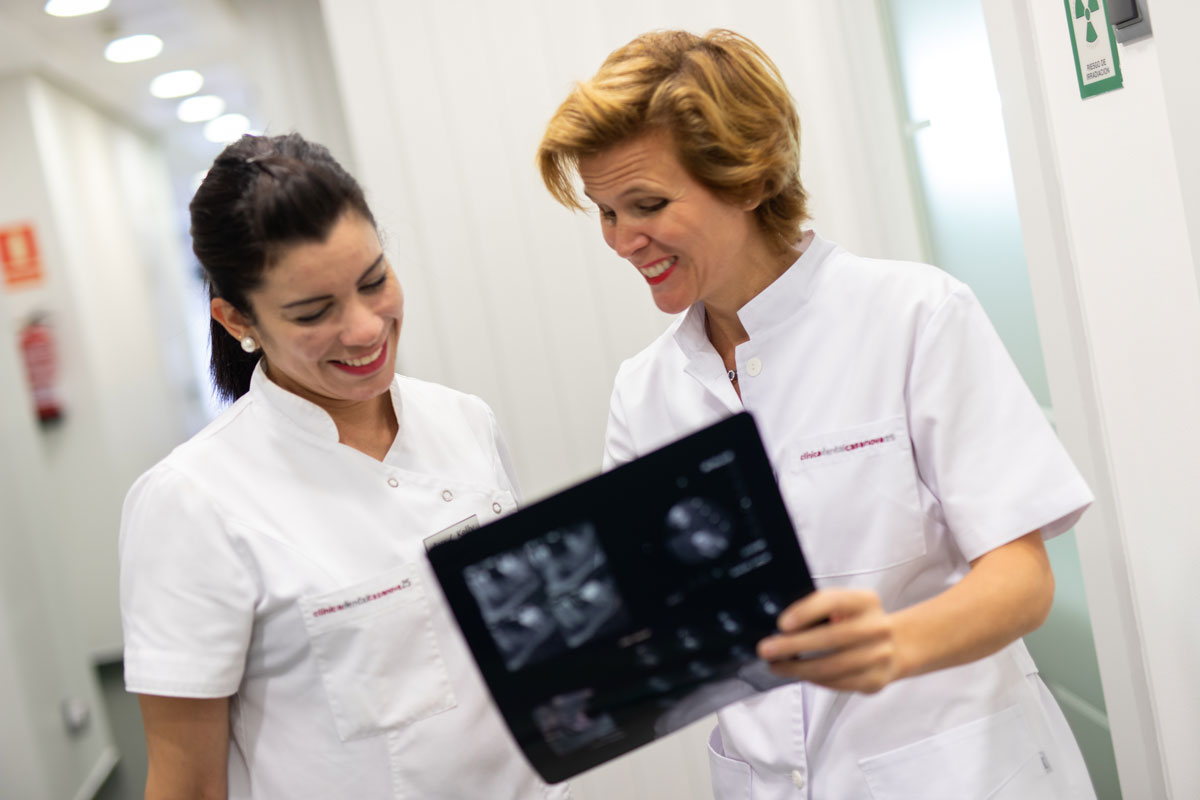Zygomatic implants are long implants that are used when the patient has a sufficient amount of bone with which to anchor an average-sized implant. In these cases, harder bone types, such as in the cheekbone area are used to anchor the implants as these bones always maintain hardness and density.
These zygomatic implants can be used in cases of severe maxillary atrophy . Zygomatic implants are much longer than usual, the 6-strong implant usually measures some 30-55 millimeters and the Pterygoid ones around 15 to 20 millimeters.

The pterygoid implants owe their name to the bone into which they are anchored, in other words, to the pterygoid process of the sphenoid bone. This bone forms part of the base of the cranium and provides excellent anchorage to the back of the upper jaw, for those patients who have suffered bone loss, or reabsorption of the maxillary bone.
In relation to design, pterygoid implants differ from the conventional ones due to their greater length that ranges from 15 to 20 millimeters, and another notable difference is that they are inserted on an incline of up to 45 o < / sup>.

This is recommended for patients with a lack of bone in the posterior area of the upper jaw, and also to avoid bone grafts in the maxillary sinus